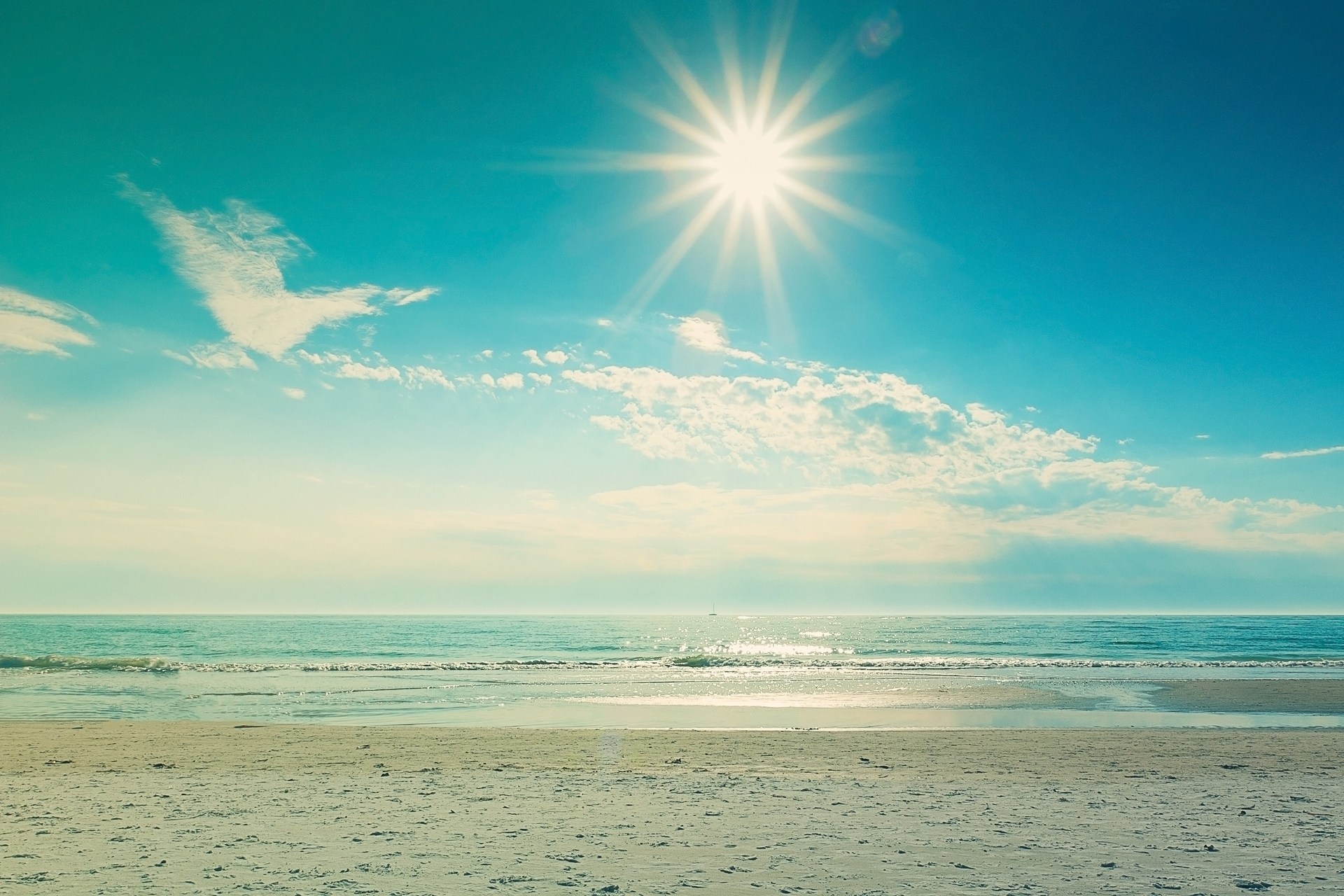
Sun Care
Stay safe in the summer sun.
With summer nearly here and Brits preparing to dash outside to top up their tans, it's vital that you properly protect yourself as figures from Cancer Research UK show that skin cancer rates have more than doubled since the early 1990s. Remember, there's no safe or healthy way to get a tan. A tan doesn't protect your skin from the sun's harmful effects. 51% of Brits who are wearing sun tan lotion could also be wittingly or unwittingly leaving themselves unprotected against harmful UV rays by using expired sunscreen.
A survey of more than 2,000 British adults was carried out to mark the The British Association of Dermatologists’ (BAD) Sun Awareness Week on the nation’s sun cream habits and it revealed that almost a quarter (23%) do not apply sunscreen during the summer or when on holiday, with men twice as likely as women to forego protection (31% vs 15%). One in 40 of those surveyed admitted to getting burnt more than seven times in the UK in the last 12 months. The study found that the most common factors behind sunburn included: people not realising how strong the sun was, failing to reapply sunscreen after long periods and not reapplying sunscreen after sweating or swimming.
What is sunburn?
Sunburn is red, hot and sore skin damage caused by too much sun. It may flake and peel after a few days. You can treat it yourself and It usually gets better within 7 days, but why put yourself through something like that?! Most of us love being out in the sun of course, but when you consider this most important source of energy for life on Earth has a temperature at its surface of about 10,000 Fahrenheit, it’s obvious you need to take action to prevent sunburn. Getting sunburn, just once every 2 years, can triple your risk of melanoma skin cancer.
Here are some Coda dos and don’ts to help you take care in the Sun:
Do
Don't
Other ways to keep sun safe
Simply staying in the shade is one of the best ways to limit your UV exposure. If you are going to be in the sun, “Slip! Slop! Slap!® and Wrap” is a catchphrase that can help you remember some of the key steps you can take to protect yourself from UV rays:
Sun protection factor (SPF): The SPF number is the level of protection the sunscreen provides against UVB rays, which are the main cause of sunburn. A higher SPF number means more UVB protection (although it says nothing about UVA protection). For example, when applying an SPF 30 sunscreen correctly, you get the equivalent of 1 minute of UVB rays for each 30 minutes you spend in the sun. So, 1 hour in the sun wearing SPF 30 sunscreen is the same as spending 2 minutes totally unprotected. People often do not apply enough sunscreen, so they get less actual protection. No sunscreen protects you completely.
Sunscreens with an SPF lower than 15 must now include a warning on the label stating that the product has been shown only to help prevent sunburn, not skin cancer or early skin ageing.
Lastly, aim to strike a balance between protecting yourself from the sun and getting enough vitamin D from sunlight.
Thanks for reading and be sure to follow us on social media to stay up to date with Coda news and health tips.
Share this blog